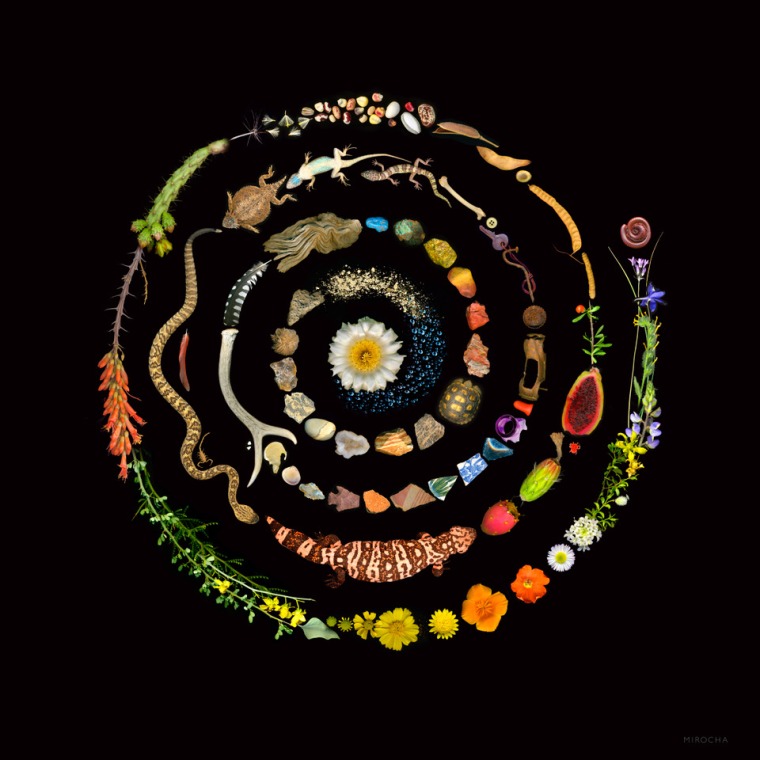Brief History

Paul Mirocha
The Desert Laboratory was founded on Tumamoc Hill in 1903 by the Carnegie Institution to answer the fundamental question: how does life cope with aridity? In the twenty-first century, increasing drought and heat in many parts of the globe have transformed this basic scientific question into an urgent challenge facing humanity. Ongoing research at the Desert Laboratory addresses our changing environment through a diversity of perspectives and disciplines that coalesce to find answers, combining cultural, scientific, and community approaches to understand how life adapts to aridity. The Lab itself serves as an intellectual watering hole where researchers both focus their efforts and share knowledge.
Tumamoc's Desert Laboratory gave birth to the sciences of plant physiology, ecology, and arid land studies. Its permanent study plots include the world’s longest continuously monitored vegetation plots, active since 1906. The original focus of the Carnegie Desert Botanical Laboratory was primarily on ecology, especially of plants, with the later addition of paleoecology using fossil pollen and packrat middens in the 1960s when the Lab became part of the University of Arizona. Archaeological research on the Hill started in the late 1970s. Today, researchers continue to track these changes as well as delve deeper into the functioning, origin, and future of the Sonoran Desert while communicating these insights to the tens of thousands of people who walk the Hill.

